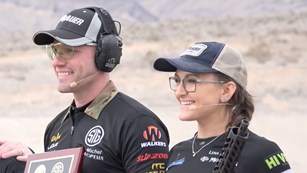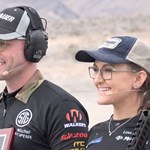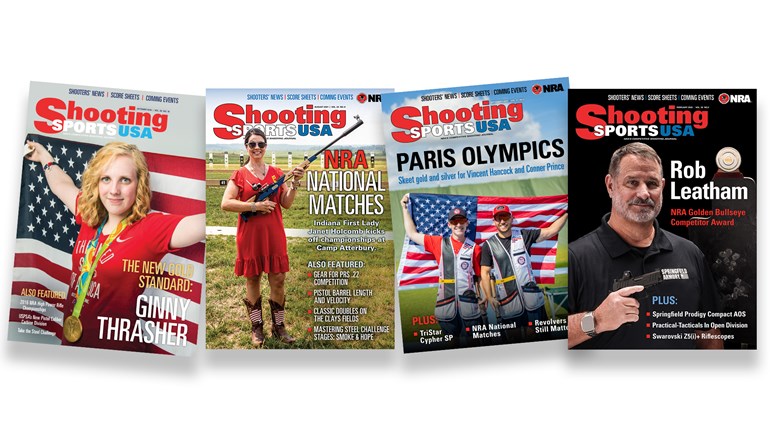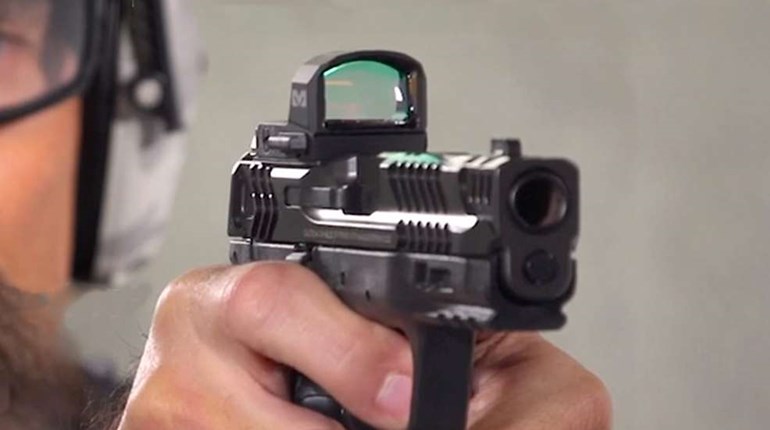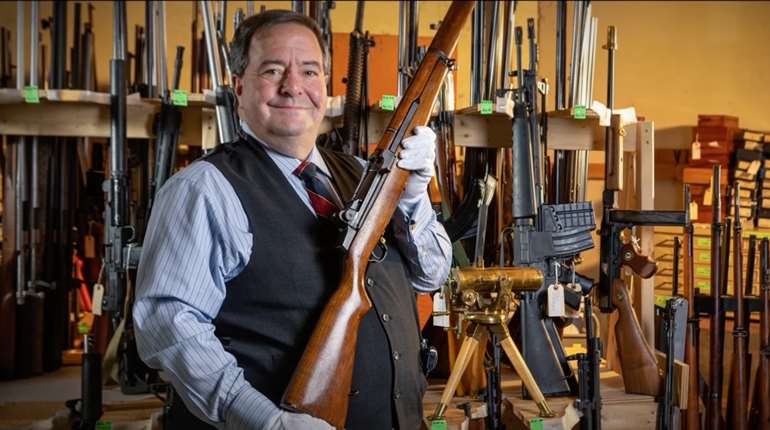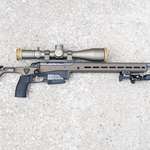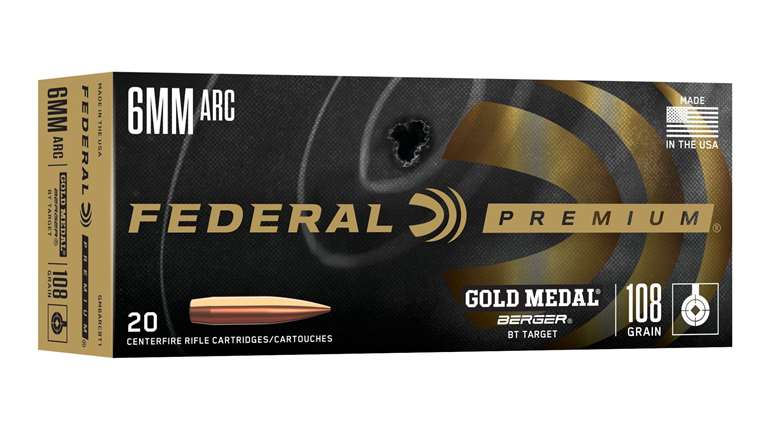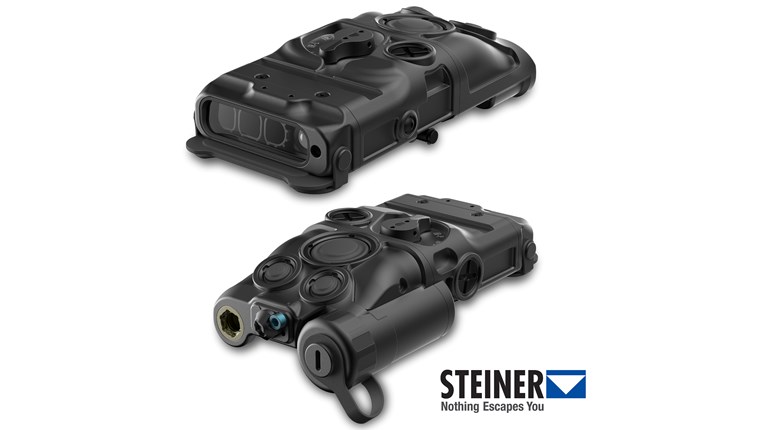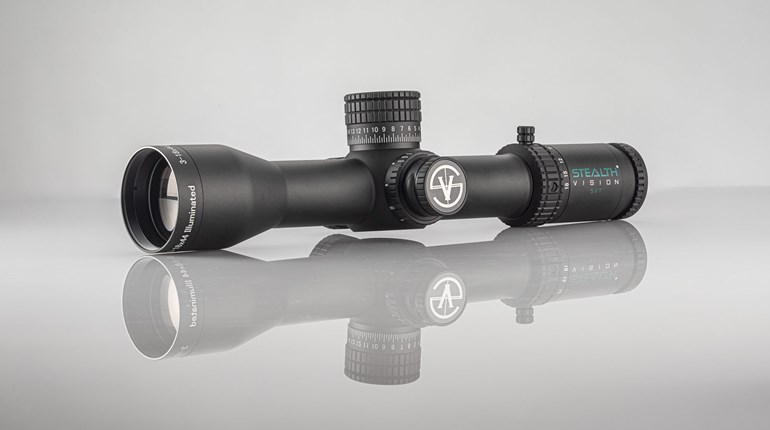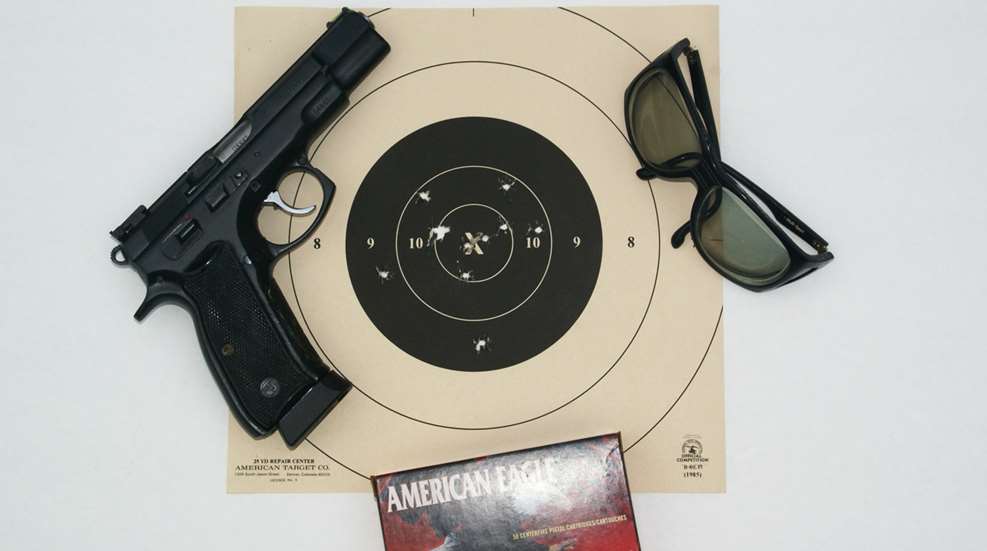
Accurate shooting with an iron-sighted handgun isn't easy. It can take years of training and practice to master the fundamentals that move you up the leader board. Unfortunately, pistol shooting can be a cruel sport, and by the time one masters the fundamentals the inevitable effects of aging often present another hurdle.
“Presbyopia is the medical term that describes the natural deterioration of the eyes with age,” explains Doctor of Optometry Alexis Rodriguez. The affect is to diminish the ability of the eyes to focus on near objects, caused by the loss of elasticity of the crystalline lens inside the eye and the gradual deterioration of the ciliary muscles that help in bending the lens to focus. The first symptoms usually occur around age 40, although some will experience them later. This normally starts with blurriness when looking at close objects. From that first point, this natural deterioration will continue to worsen until around the age of 65, where it normally stabilizes, and virtually all elasticity of focus is gone.”
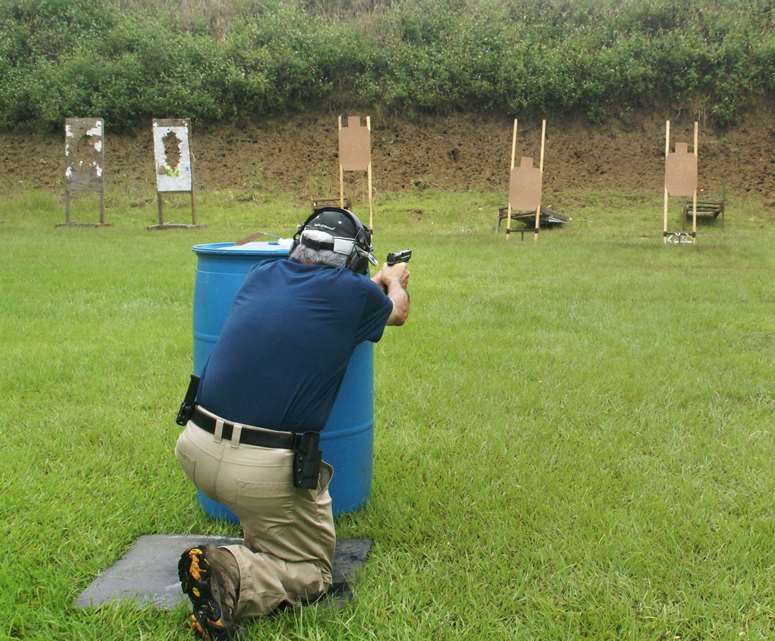
Therefore, shooters will lose the ability for the eyes to naturally shift focal points from near (handgun sights) to far (the target) on their own as age progresses. However, corrective lenses can help and they can be set to provide sharp focus at various distances. And, it's commonly done.
“Reading glasses” are generally set to a focal point of 16 inches. “Intermediate” glasses (often seen in those designed for computer use) are set between 16 and 23 inches. Distant vision lenses are set to 20 feet and beyond. While these distances are somewhat standard, they are not carved in stone. Prescription lenses can be set to focus at virtually any distance. That creates some effective options for shooters.
Regardless of how sharp the focus on the target is, if the sights are blurred it's not going to be accurately hit. Put sharply-focused sights on a slightly blurry target and X’s can result. The key for the shooter is to determine their sight focus distance (SD) and one doesn't have to drag a handgun to the eye doctor's office to do that. With an unloaded gun, face a wall. Take your normal shooting stance and maintain that while you move towards the wall until the muzzle touches it. Now, measure the distance from the wall to the bridge of your nose. That measurement (in inches) is all the optometrist needs to set the focal point to put your sights in sharp focus. There are a number of ways this SD can be used, but not all work well for shooters.
Some shooters have tried a near focus (SD) lens on one side of their eyeglasses and a distant focus lens on the other. Very few have made this system work.
“If the shooter has both eyes open the eyes will fight each other to choose a focal point, “ Dr. Rodriguez says. “This creates what amounts to a monocular vision, along with a constant focus shift, and can result in severe headaches.”
Bifocal lenses feature a main lens with a distant focus and a smaller insert lens set to a “reading glass” focal point at the bottom of the main lens. They are commonly prescribed for older folks and allow them to look down to read and look up for distant vision. Unfortunately, they are not the best choice for shooters.
“The drawback to standard bifocals for shooters,” Dr. Rodriguez notes, “is the spacing of the insert lens requires that the head shift position to access the near focus lens, which can alter the shooting stance. There is also an image jump when the head shifts between the two lenses which can make the target appear to shift its position, and that creates a time lag to acquire the target.”
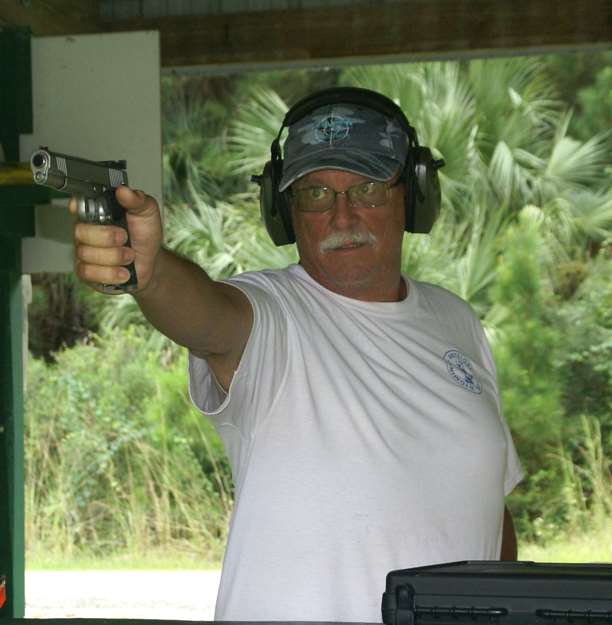
Dr. Rodriguez frequently recommends a modified bifocal design for shooters. The lower insert is set to the shooter's SD instead of a standard “reading” distance and the insert lens is moved upwards in the lens to a point in line with the bottom of the pupil. This allows the shooter to maintain a constant head position to access the lower lens and reduces image jump. A key factor with this lens is to use eyeglass frames with a nose pad bridge that the shooter can adjust to achieve a constant position on the insert lens. This can work for precision/bullseye pistol shooters who are only dealing with one target at a time and are not running through an action pistol course of fire. Shooters who have to move quickly may see the glasses bounce and experience focus difficulties.
Progressive lenses are another frequently recommended option. They feature an hourglass-shaped column of prescription focal points that flow smoothly from distant vision to near/SD vision at the bottom of the hourglass. This lets shooters access any focal distance with little more than eye movement, allows a constant head position for a proper shooting stance, and eliminates the image jump associated with bifocal lenses. They can work well for precision/bullseye pistol shooters, but have serious drawbacks for action pistol competitors.
“As the lens grinding process creates this center section of prescription focal points it produces a degree of distortion in the lens on either side of the center,” Dr. Rodriguez explains. “It's almost like looking through a fishbowl. The center vision will be quite sharp, but the peripheral vision is very degraded. This results in an almost 'tunnel vision', and can make rapid lateral target transitions extremely difficult.”
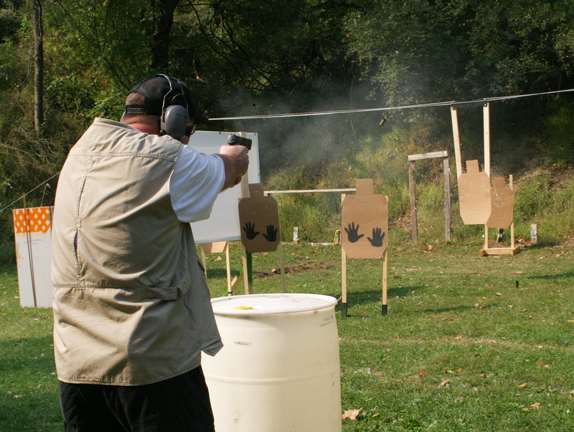
For action pistol shooters there is another option—eschew dual vision lenses and just set the focal point on your shooting glasses to your SD. This removes any image jump and head and eye shifting. The focal point is the same every time so it's just a matter of run hard, look and shoot.
This may sound a bit bizarre, but does a shooter competing in action shooting really need sharp distant vision? Those targets are large silhouettes, and the perforated scoring rings are too small to be seen at a distance anyway. Savvy shooters don't even look for them. They just know the sight picture they need on the target to achieve a perfect hit. If their sights are in sharp focus that's easy to achieve.
I have a set of prescription shooting glasses with the focal point set to my SD. The sights are laser-sharp. The targets are not as sharp, but they are certainly visible enough at action pistol ranges. These SD glasses provide enough distance vision for me to read an automobile license plate at 13-yards. Even a 50-yard ICORE target is distinct enough for those sharply-focused sights to find the X-ring.
I lose little necessary vision at a distance, but gain a sharp sight picture. In fact, at a recent charity match there was a challenge stage that had a playing card set edgewise to the shooter in a clothes pin at a distance of ten yards. Shooters had six rounds to split the card. I split it on the third round. The card was tough to see, but the clothes pin provided a reference point and the sights were sharp and clear.
Thus, if you can't see the sights you won't hit the target. But regardless of the shooting game you are playing with iron sights, there is an Rx that can keep aging eyes competitive.








